10 Best Herbal Linctuses For Oral Thrush

Herbal linctuses are traditional remedies used to alleviate the symptoms of oral thrush, a fungal infection caused by Candida species.
These linctuses often contain natural ingredients such as echinacea, garlic, or ginger, which are believed to have antifungal and soothing properties. They are typically used as an alternative or complementary treatment to conventional antifungal medications, especially for those seeking a more holistic approach. While they may help reduce inflammation and discomfort, their effectiveness can vary, and they should not replace professional medical advice.
It is important to consult a healthcare provider before using herbal linctuses to ensure they are safe and appropriate for the individual's condition.
FREE Herb Drying Checklist
How to make sure every batch retains maximum flavor, color, and aroma without the risk of mold or over-drying. Eliminate guesswork and trial-and-error, making herb drying faster, easier, and more efficient every time.
Table of Contents
1. Glycyrrhiza glabra
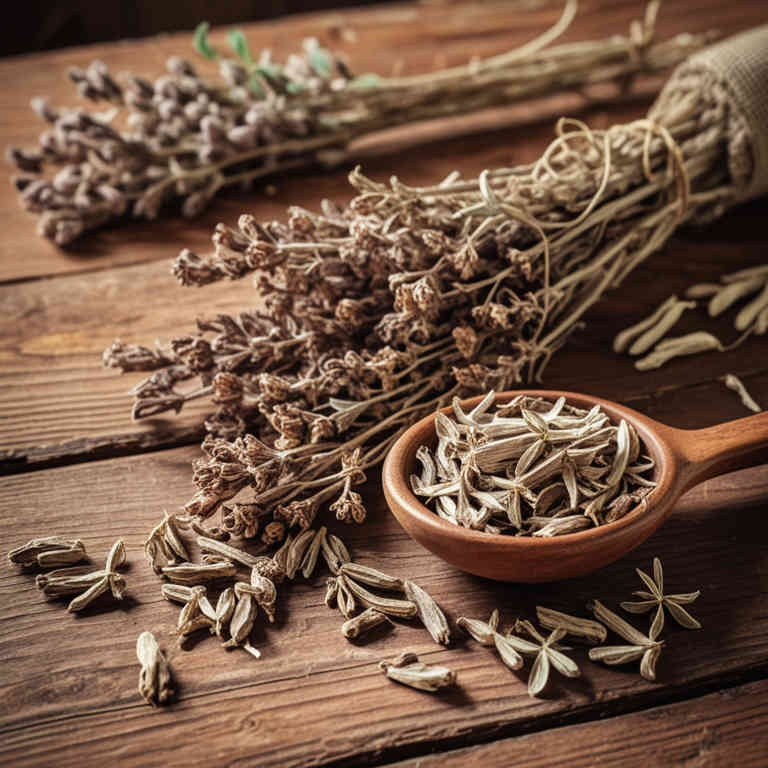
Glycyrrhiza glabra, commonly known as licorice, has been traditionally used in herbal medicine for its soothing and anti-inflammatory properties.
Licorice-based linctuses are often employed to alleviate symptoms of oral thrush, a fungal infection caused by Candida albicans, due to their ability to reduce inflammation and irritation in the throat. The active compounds in licorice, such as glycyrrhizin and flavonoids, may help inhibit the growth of Candida by disrupting its cell membrane. However, prolonged use of licorice linctuses can lead to side effects like hypertension and electrolyte imbalances due to the compound glycyrrhizin's mineralocorticoid-like effects.
As a result, licorice linctuses are typically used as a complementary or adjunctive treatment under the guidance of a healthcare professional.
2. Zingiber officinale
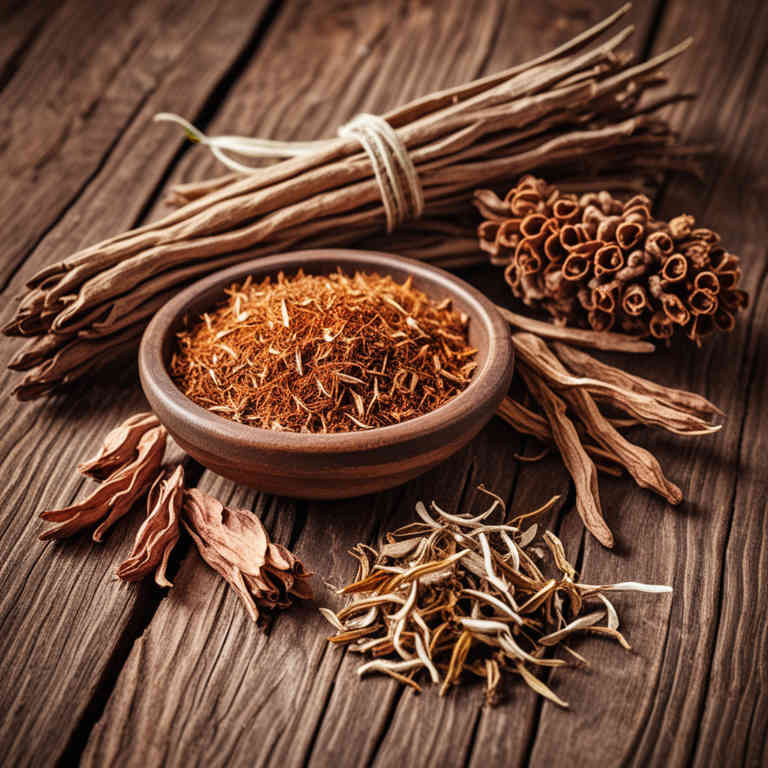
Zingiber officinale, commonly known as ginger, has been traditionally used in herbal medicine for its antimicrobial and anti-inflammatory properties.
When incorporated into linctuses, or cough syrups, ginger can help alleviate symptoms associated with oral thrush, a fungal infection caused by Candida species. The active compounds in ginger, such as gingerol and shogaol, exhibit antifungal activity that may inhibit the growth of Candida in the oral cavity. Using ginger-based linctuses can provide a natural alternative for individuals seeking to manage oral thrush without conventional antifungal medications.
However, it is important to consult with a healthcare provider before using herbal remedies to ensure safety and efficacy, especially for those with underlying health conditions or taking other medications.
3. Echinacea purpurea

Echinacea purpurea, commonly known as purple coneflower, has been traditionally used for its potential antimicrobial and immune-boosting properties.
While it is often used as a herbal remedy for colds and respiratory infections, its role in treating oral thrush, a fungal infection caused by Candida albicans, is less well-documented. Some studies suggest that echinacea may help reduce the severity of fungal infections by enhancing the body's immune response, though its efficacy as a linctus for oral thrush remains inconclusive. Herbal linctuses containing echinacea are sometimes used as a complementary therapy to soothe sore throat symptoms associated with oral thrush, but they should not replace conventional antifungal treatments.
It is important to consult a healthcare provider before using echinacea, especially for individuals with existing health conditions or those taking other medications.
4. Cinnamomum verum
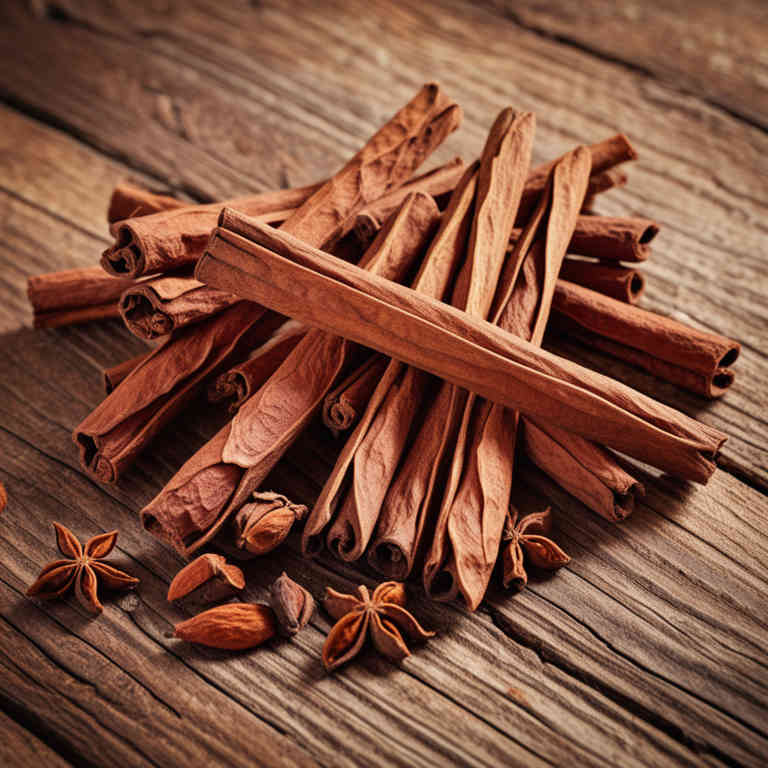
Cinnamomum verum, commonly known as cinnamon, is traditionally used in herbal linctuses to help manage symptoms of oral thrush, a fungal infection caused by Candida albicans.
The essential oils in cinnamon, particularly cinnamaldehyde, possess antifungal properties that may inhibit the growth of candida in the oral cavity. These herbal linctuses are often prepared by combining cinnamon with honey or other soothing agents to create a palatable and effective remedy. While not a substitute for antifungal medications, cinnamon-based linctuses may offer symptomatic relief and support the body's natural defenses against the infection.
However, it is important to consult a healthcare provider before using such remedies, especially for individuals with allergies or underlying health conditions.
5. Hypericum perforatum
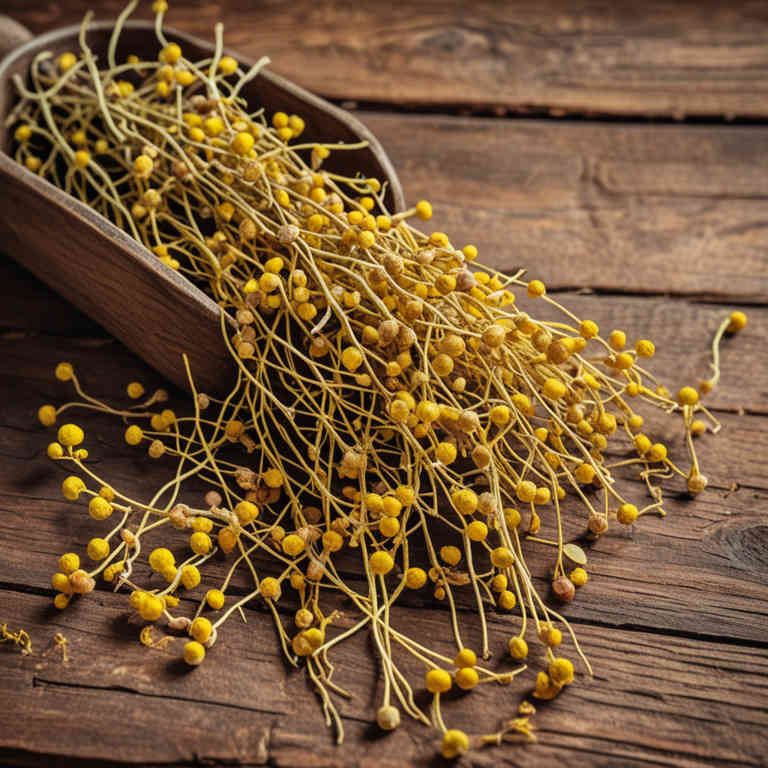
Hypericum perforatum, commonly known as St. John's Wort, is traditionally used in herbal medicine for its potential antifungal properties.
While it is more widely recognized for its antidepressant effects, some studies suggest that it may possess antifungal activity, making it a potential candidate for use in treating oral thrush. Herbal linctuses containing Hypericum perforatum are sometimes employed as a natural alternative to conventional antifungal treatments, particularly in cases where patients prefer or require complementary therapies. However, it is important to note that the efficacy and safety of these linctuses have not been extensively validated in clinical trials for oral thrush.
As with any herbal remedy, it is advisable to consult a healthcare professional before using Hypericum perforatum linctuses to ensure proper treatment and avoid potential interactions with other medications.
6. Urtica dioica
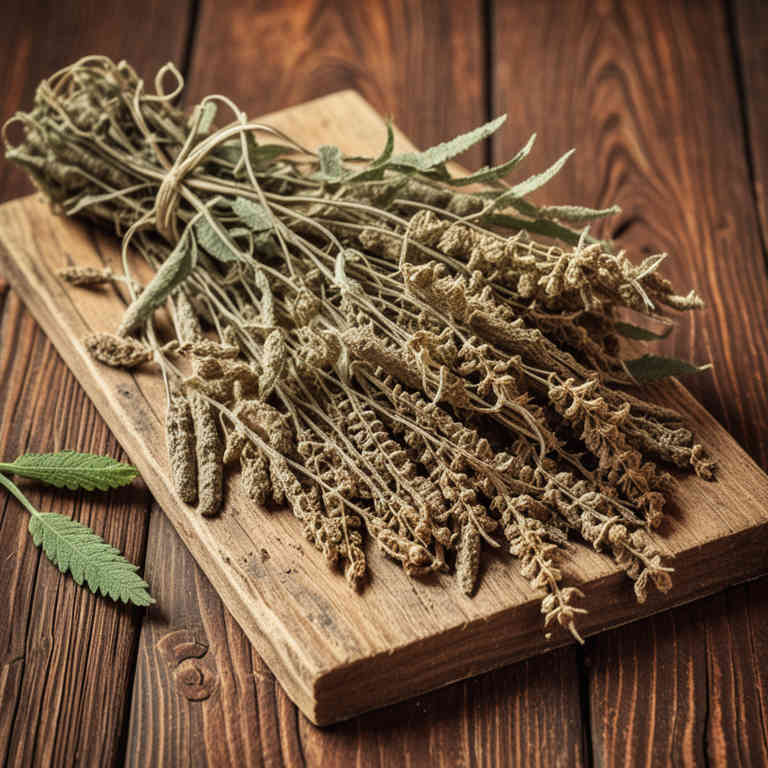
Urtica dioica, commonly known as stinging nettle, has been traditionally used in herbal medicine for its anti-inflammatory and antimicrobial properties.
When formulated into linctuses, or herbal syrups, it may help alleviate symptoms of oral thrush by reducing inflammation and supporting the body's natural defenses against fungal infections. These linctuses typically contain a combination of Urtica dioica extracts and other soothing ingredients like honey or marshmallow root to enhance their therapeutic effects. While not a substitute for antifungal medications, Urtica dioica linctuses can serve as a complementary treatment to support oral health and comfort.
It is important to consult with a healthcare provider before using herbal remedies, especially for persistent or severe cases of oral thrush.
7. Aloe barbadensis

Aloe barbadensis, commonly known as aloe vera, has been traditionally used for its soothing and healing properties, making it a potential natural remedy for oral thrush.
When formulated into a herbal linctus, aloe vera can provide a gentle, moisturizing effect that helps alleviate the discomfort caused by fungal infections in the mouth. The anti-inflammatory and antimicrobial properties of aloe may help reduce the symptoms of oral thrush by inhibiting the growth of Candida albicans, the primary cause of the infection. However, it is important to note that while aloe linctus may offer some symptomatic relief, it should not replace prescribed antifungal treatments without consulting a healthcare professional.
Overall, aloe barbadensis herbal linctus can serve as a complementary therapy in managing oral thrush when used under proper guidance.
8. Salvia officinalis
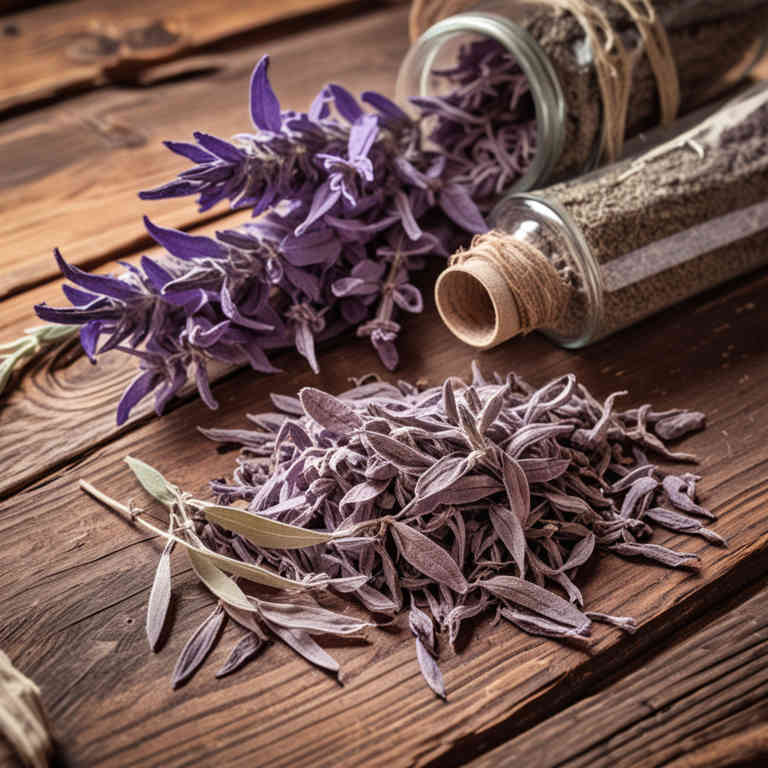
Salvia officinalis, commonly known as sage, has been traditionally used in herbal linctuses to treat oral thrush, a fungal infection caused by Candida albicans.
These linctuses often contain a concentrated form of sage extract, which possesses antimicrobial and antifungal properties that can help reduce the overgrowth of Candida in the mouth. The active compounds in sage, such as thujone and rosmarinic acid, contribute to its ability to combat fungal infections and soothe inflamed oral tissues. When used as a linctus, sage can be applied directly to the affected areas, providing a natural and soothing remedy for symptoms like soreness and white patches.
However, it is important to consult a healthcare provider before using sage linctuses, especially for prolonged treatment or in individuals with certain medical conditions.
9. Echinacea angustifolia

Echinacea angustifolia, a species of the echinacea plant, has been traditionally used for its immune-boosting properties and may offer potential benefits in the management of oral thrush, a fungal infection caused by Candida species.
While not a primary antifungal agent, echinacea linctuses—herbal lozenges or syrups—may support the body's natural defenses and reduce the severity of symptoms associated with oral thrush. These linctuses often contain additional ingredients such as honey or licorice root, which can soothe irritation and promote healing in the throat and mouth. However, it is important to note that echinacea should not replace conventional antifungal treatments prescribed by a healthcare provider.
Always consult a medical professional before using echinacea or any herbal remedy for persistent or severe oral thrush.
10. Silybum marianum
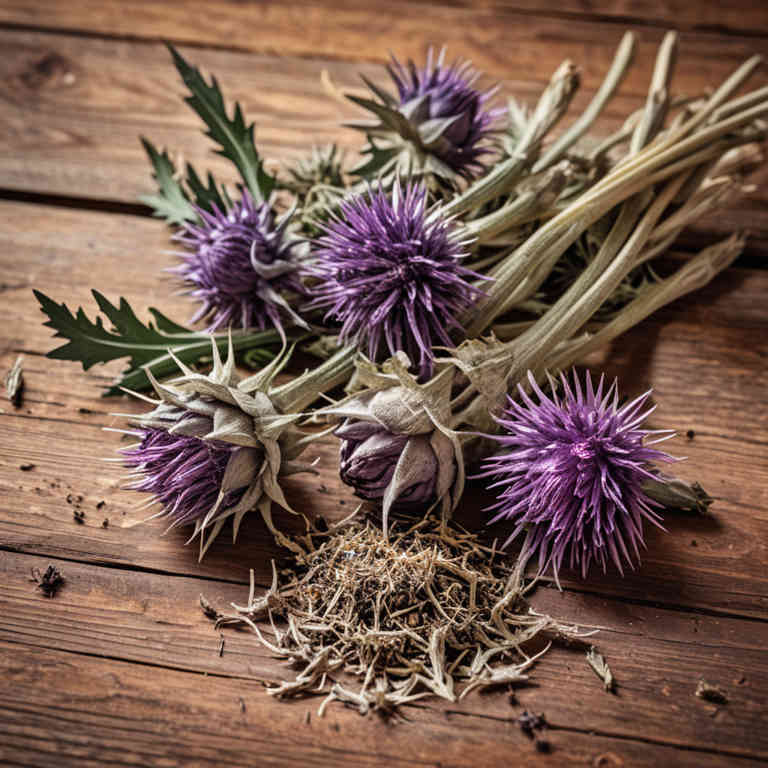
Silybum marianum, also known as milk thistle, is traditionally used in herbal medicine for its potential anti-inflammatory and antifungal properties.
While it is commonly studied for liver health, some research suggests that its active compound, silymarin, may have antimicrobial effects that could be beneficial in treating oral thrush, a fungal infection caused by Candida species. Herbal linctuses containing silybum marianum may help reduce inflammation and inhibit fungal growth in the oral cavity, offering a natural alternative for symptom management. However, more clinical studies are needed to confirm its efficacy and safety for this specific use.
As with any herbal remedy, it is advisable to consult a healthcare provider before use, especially for individuals with existing medical conditions or those taking other medications.